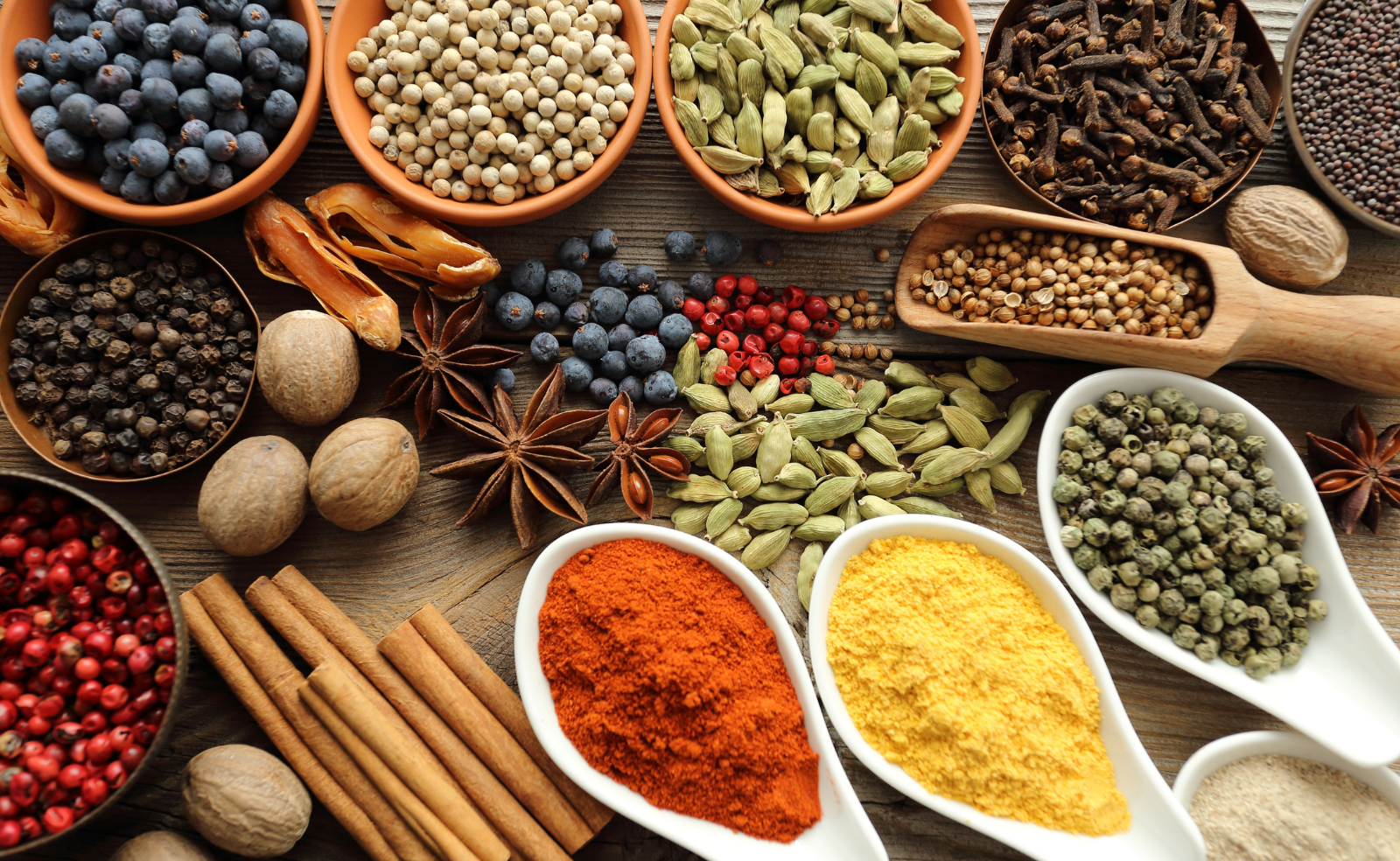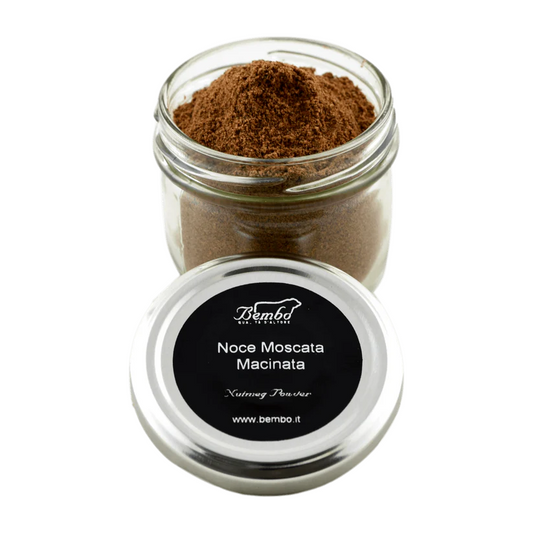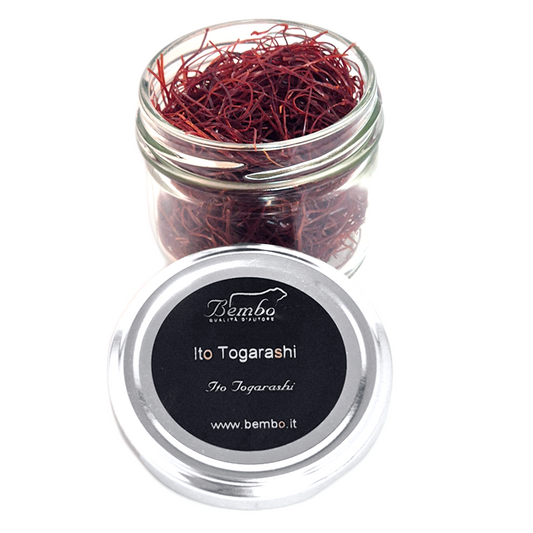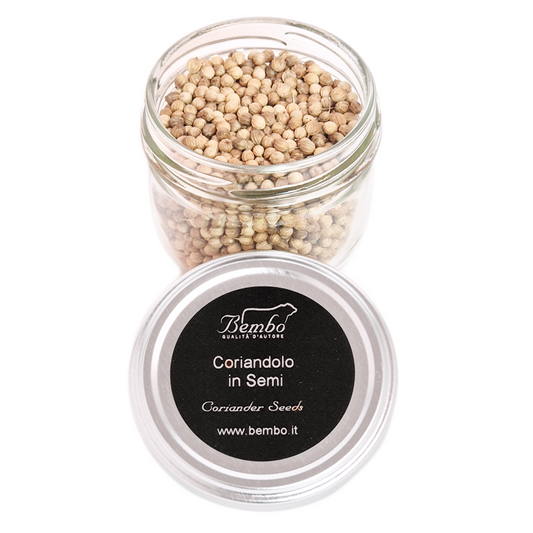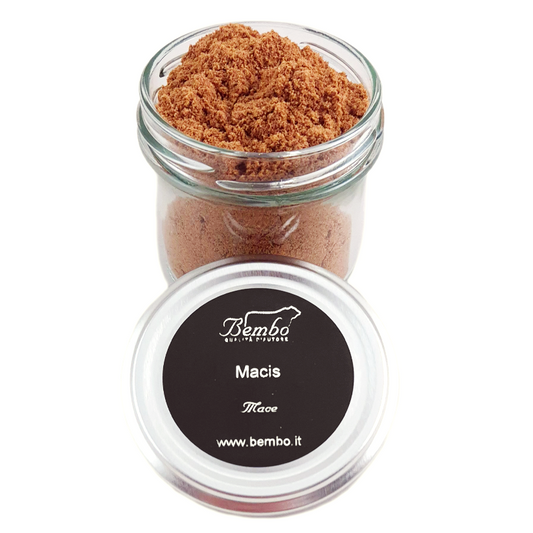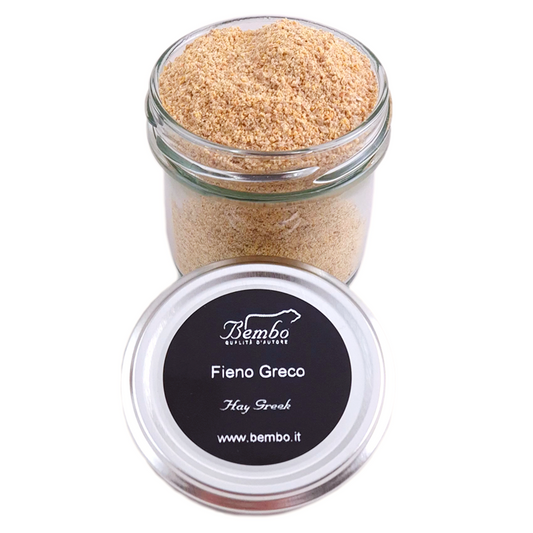-
Ground Nutmeg
Regular price €8,90 EURRegular priceUnit price per -
Panch Phoron
Regular price €10,50 EURRegular priceUnit price per -
White Sesame
Regular price €8,90 EURRegular priceUnit price per -
Black Sesame
Regular price €8,90 EURRegular priceUnit price per -
Tandoori Masala
Regular price €10,50 EURRegular priceUnit price per -
Wasabi of Hataka
Regular price €8,90 EURRegular priceUnit price per -
Chinese 5 Spices - 45g
Regular price €10,50 EURRegular priceUnit price per -
Nasi Goreng
Regular price €10,50 EURRegular priceUnit price per -
Shichimi Togarashi
Regular price €10,50 EURRegular priceUnit price per -
Chinese Wok
Regular price €10,50 EURRegular priceUnit price per -
Cinnamon Sticks
Regular price €8,90 EURRegular priceUnit price per -
Cinnamon Sticks - 20g
Regular price €8,90 EURRegular priceUnit price per -
Ito Togarashi
Regular price €10,00 EURRegular priceUnit price per -
Coriander Seeds
Regular price €8,90 EURRegular priceUnit price per -
Mace Powder
Regular price €8,90 EURRegular priceUnit price per
The Allure of Asian Spices
Learn more about Asian spices
Asian spices are a key element rooted in the history and culture of a vast and diverse continent. They are not just ingredients used to enrich the flavor of dishes , but true symbols of centuries-old traditions, ancient trade, and healing beliefs . In the past, spices such as turmeric , cardamom, and cinnamon traveled along the Spice Routes , changing the course of history. Today, Asian spices are an integral part of cuisines around the world, used not only for their ability to add character to dishes but also for the benefits they bring to physical well-being.
What are the spices of Asia?
Asian spices are the beating heart of one of the world's richest and most fascinating culinary cultures. Each spice tells a story of travel, exchange, and tradition , encompassing centuries of culinary and medicinal use. Among the most iconic spices are turmeric , garam masala, cardamom , star anise, and cinnamon.
In India, turmeric is not only a key ingredient in curries , but is also held in sacred esteem for its anti-inflammatory and healing properties . This powerful rhizome is a staple of Ayurvedic medicine and is used in a wide variety of culinary preparations for its earthy flavor and golden color that enriches dishes. In addition to turmeric, there is garam masala , a spice blend that includes cumin , cardamom, coriander, black pepper, and cinnamon . Each family or region has its own version of garam masala, making it a versatile and essential spice in Indian cuisine, used to enhance the flavor of meats , legumes, and vegetables.
In China, star anise is one of the most prized spices , characterized by a sweet, pungent aroma. It is often used in broths and stews, such as the famous Vietnamese noodle soup pho , and is part of the famous Chinese five-spice blend. This blend includes ground cinnamon, fennel seeds, Sichuan peppercorns, and cloves , creating a complex flavor that balances sweet, bitter, sour, salty, and spicy.
Cardamom, on the other hand, is used throughout much of Asia, especially in India and the Middle East. Its intense, floral flavor makes it perfect not only for savory dishes like curries and biryani , but also for desserts and drinks like chai . This spice has a strong connection with traditions of hospitality and well-being, and is also used to aid digestion and freshen breath .
Finally, cinnamon, with its sweet and spicy aroma, is another key ingredient in Asian cuisines. In India, it's used in meat and rice dishes , while in China, it's one of the ingredients in five spices, used to add warmth to pork and duck dishes.
How to Use Asian Spices
Asian spices offer endless culinary possibilities, but to make the most of them, you need to know a few key techniques . One of the fundamental rules is balancing flavors : Asian spices can be very powerful , so it's important to use them carefully. For example, Indian curry combines turmeric, coriander, and cumin in specific proportions to create a harmonious balance .
Many spices, such as garam masala, cumin, or turmeric, release their full aroma when lightly toasted before adding them to dishes. This toasting process intensifies their flavors , making them more penetrating and complex. Garam masala, for example, is usually added towards the end of cooking to preserve the spice's freshness , while other spices like turmeric are often added early in the process to infuse color and flavor .

